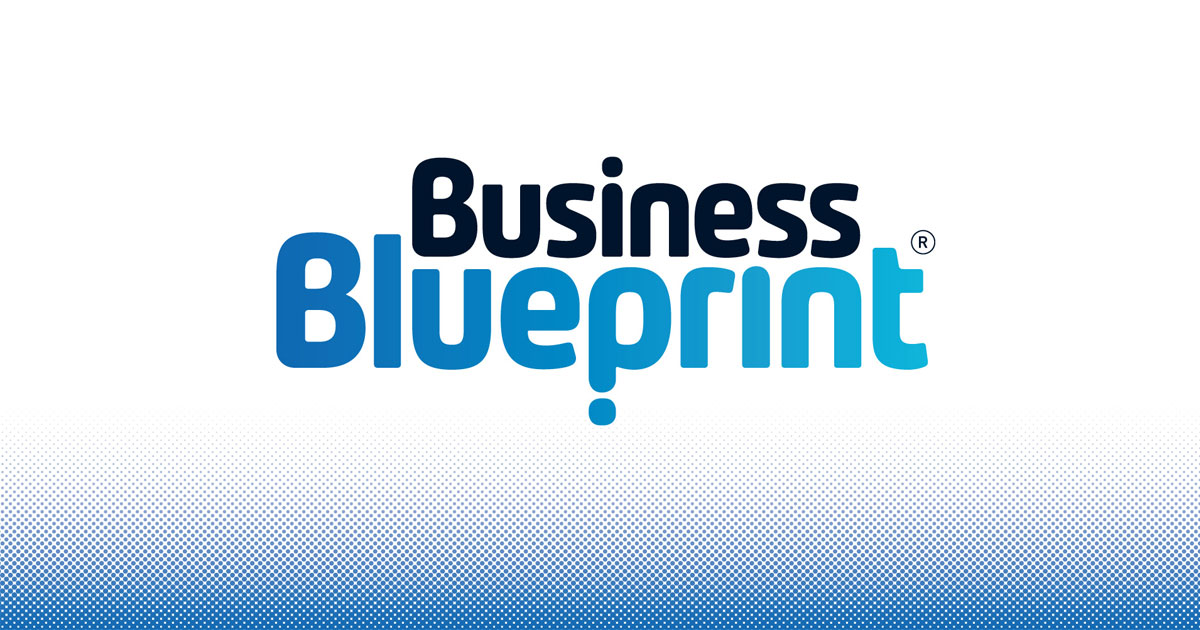Today I am going to answer a question that comes from Sarah Lewis from Adelaide. Sarah writes…
“I’m starting a new business in my local area, but I have a desire to take it national or even global in a few years time. Is a good name really that important? And can you please give me some recommendations about how to come up with a great business name. Thanks Dale, have attended your seminars before and love them, so I really appreciate you helping me out.”
Firstly, thanks Sarah for your question and because you haven’t mentioned here exactly what your business idea is, I’m going to talk in more general terms and give you some principles to follow that will work for any business.
Now the first part of your question was “is a good business name really that important?” Well that answer is simple… yes! Now I’m not going so far as to say that the right business name will make or break your business, but it is important. And if you can get it right from day one, it is much better than changing it later.
So on to the second part which was “how do you come up with a great business name?” Well I believe there are seven ways to come up with a great name for your business. I am going to list them for you now and give you real life examples of each one. Then I am going to give you a few tips on things to avoid, and then I am going to send you on your way and show you how to get started.
Here we go, here are the seven main ways to discover a great name for your business…
1. Name by Desire
This is one of my favourite ways to name a business, because what you’re doing is getting the main benefit of your business into the name. This way people already have a good idea of what you do, before they know anything more about your business. And if you do it right you’ll be able to get your unique advantage into your name, effectively distancing you from any of your competitors.
 Examples of business names based on what people desire are:
Examples of business names based on what people desire are:
- DieHard Batteries
- Loans Approved
- Lean Cuisine
- My Booty Belt
- Stick n Click Lights
- Body Trim
- 5-Hour Energy
- Forever Comfy Cushion
2. Name by Problem
This one is similar yet different to naming by desire. However instead of focusing on the thing that you do or the thing people want, you instead focus the name around the main problem you solve. I particularly like this method if you are in a well established industry or a mature market.
Basically what you need to do is talk to your customers and ask them, “What are your biggest problems with XYZ products?” or “What are your frustrations when you deal with someone from our industry?” Then you take that problem or issue and wrap it into your name.
Again the benefit of a name like this is your selling point is in your name and if done right people will say “that’s exactly what I want”. This then makes the process of selling 10 times easier.
Some examples of business names by problem include:
- Never Late Electrical
- Streak Free Windows
- The Groutinator
- Fat Blaster
- Never Lost Pet Tags
- No-Nicks Razor Oil
- Start Ya Bastard (spray to help start engines)
3. Alliteration
This is another one of my personal favourites. It’s basically where you pick two words that start with the same letter. The first word should be something that defines what your business does or what category you are in. Then you go through the dictionary and find another word starting with the same letter.
While it doesn’t always need to happen, it’s better if the other word is an action word or a word that describes one of the benefits of your product.
Here are some examples of ‘alliteration’ in action:
- Weight Watchers
- American Airlines
- Paramount Pictures
- Fitness First
- Body Bronzer
- Business Blueprint (my business name)
- Creative Capital
- Slide Share
- Dr. Drip
4. Own a Word
This is where you pick one word that is commonly known in the English language (that is ideally somehow linked to your product) and then you aggressively go about attaching that name to you. If you can nail this it’s a wonderful thing because every time a person thinks of that word, they are also thinking about your business. I even had this experience recently when my wife said to me “pass me the apple” and I picked up my laptop and gave it to her, instead of the fruit she wanted.
The only thing to be aware of with this method is that it takes a long time to gain momentum and generally you’ll struggle to trademark your name, until such a time as you have a clear track record with that business name.
Examples of ‘own a word’ are:
- Apple
- Borders
- Amazon
- Yahoo
- Lego
- Proactiv
- Pandora
- Sharp
- Crust
- Yelp
- Ikea
5. Invent a Word
This time you won’t need to get out a dictionary or a thesaurus because the word doesn’t even exist yet. This is where you are going to simply pull a name out of thin air – but not quite. Clearly it does involve strategic thinking. The name might evolve from a founder’s name, from an acronym or by simply putting two very short words next to each other.
Examples of words that have been invented to become popular business names are:
- YouTube
- Electrolux
- Oreo
- Qantas
- Ironfish
- Ikea
Again like above, caution must be exercised when taking this path. Why? Because these names do not have any intrinsic meaning to them. A company has to spend years, and usually millions of dollars on branding and marketing, for an invented word to become part of everyday conversation.
However, the pay off is once these words become known they then become part of our everyday vocabulary and the company name is used to define an entire category – effectively shutting out all other competitors. For example, people will often say “can you buy me a box of Kleenex” or “try Googling that”.
In short, inventing a word is a high-roller’s strategy, but if you win, the rewards are big.
6. Word Mash
Word mash is similar to inventing a word, however it’s easier to create because your word comes from mixing together parts of two other words. So what you do is list all of the different things your company will do and all of its features and benefits in one big long list. Then you play mix and match to see what new words you can create by piecing together parts of words.
This one is probably better done with a few friends, each with a drink or two in hand because it does involve some ‘out of the box’ style thinking.
Here are some well-known examples of companies that have used the word mash method to develop billion dollar brands:
- Microsoft (microcomputer + software)
- Skype (sky + peer-to-peer)
- Wikipedia (wiki + encyclopaedia)
- FedEx (federal + express)
- Groupon (group + coupon)
- Band-Aid (bandage +first aid)
- Walmart (walton + supermarket)
- Webjet (website + jet-setting)
7. Word Twist
This method of word twist is becoming increasingly popular for two reasons. Number one, it is becoming harder to come up with names that haven’t already been registered and the .com already taken. And number two, new businesses are looking to display their originality and cool factor right off the bat.
So with word twist, a company will pick a word (or two) and then change the spelling, add an extra letter or write the word phonetically. Another way to word twist is to add an extra vowel at the beginning (e.g. iPhone) or you can do the opposite and remove vowels (e.g. ‘N Sync). This way they are able to secure an available domain name and they can have something that they can trademark right away.
Here are some popular word twist examples:
- Netflix
- Fiverr
- Xero
- Digg
- Woot
- Fotolog
- Klout
- iTunes
- NYTix
Again like mentioned before this is going to be a hard row to hoe, because you have the double whammy effect of it being an invented word and also having difficult spelling until the word catches on. However when it does catch on there will be daylight between you and everyone else, and you’ll own the space for years to come.
Things to Avoid
Before I wrap up I think it is worthwhile to quickly share with you some of the things to avoid when it comes to business names:
- Three Words – Did you notice that almost all of the examples above are either one or two words, not three? Also you can Google a list of the Fortune 500 companies and you’ll notice the same thing. That’s not to say you can’t use three words in your name – I would just try to exhaust the other options above first. Furthermore, if you want to say more and you are feeling limited, that’s what tag-lines are for.
- Acronyms – These are another thing to be careful of or if you want my true opinion, avoid them all together. For example I’m talking about names like GRKS Constructions or VWM Pool Services. The problem is, while they’re easy to remember for you because you say them 20 times a day, to everyone else a bunch of random letters doesn’t stick. So unless you have millions of dollars to spend on etching three letters into people’s brains like KFC and AIG, please dig deeper and be a little more creative.
-
Naming after you – Start up founders will often name their business after themselves. This is not necessarily a bad thing in the early days, however at some point it will come back to bite you. As an example, a friend of mine named his business Andrew Smith Plumbing after guess who, himself. The only problem was later when he tried to remove himself from the day-to-day, he struggled because customers only wanted to talk and work with him. So Andrew changed his name to Dr. Drip and now has 12 staff that run his business without him. And customers never feel unhappy about not dealing with the owner.
What to do from here?
So there you have it – my seven ways to choose a great name for your business and a further three things you need to avoid. As you can see, there’s a little more to it than let’s just slap on a name. However if you get it right, meaning you capture people’s attention and imagination, you’ll be on the verge of something great.






